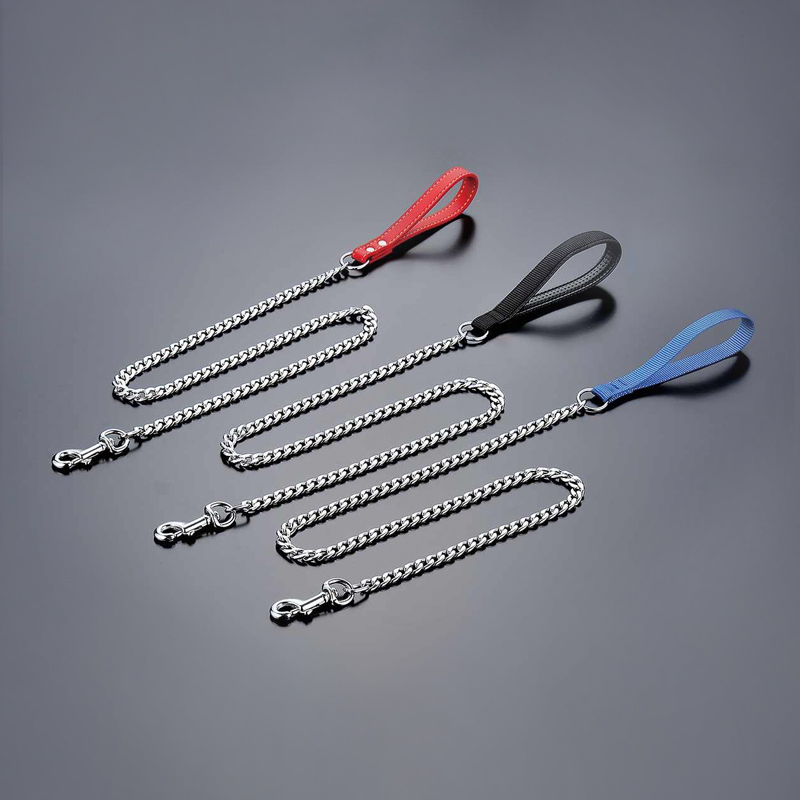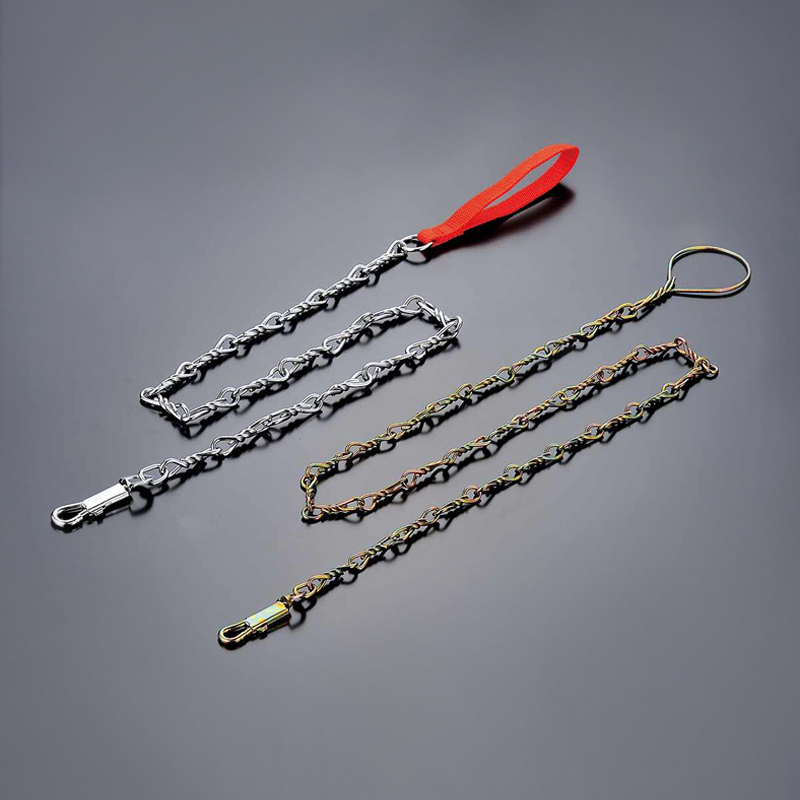2025-05-02
![]() Industry News
Industry News
 2023-11-14
2023-11-14
In the realm of dog training, the selection of appropriate tools plays a pivotal role in achieving desired behavior and ensuring the safety of both the dog and its handler. Among the indispensable accessories are dog lead and collar sets, fundamental instruments that contribute to effective training. This article delves into the intricacies of these tools, exploring their types, proper usage, and the impact they have on canine behavior modification.
The Importance of Dog Lead and Collar Sets
Dog lead and collar sets are integral components of a canine training toolkit, providing a means of physical control and communication between the handler and the dog. The collar serves as an identification tag holder and attachment point for the lead, while the lead enables controlled movement and guidance. Together, they create a dynamic synergy that fosters positive behavior and responsiveness in dogs.
Types of Dog Collars
Various types of dog collars are available, each designed to address specific training needs and behavioral issues. Traditional buckle collars are ideal for everyday use and identification, while martingale collars offer a gentle tightening action for dogs prone to slipping out of their collars. Head collars provide control over the dog's head, discouraging pulling, and prong collars are designed to address more challenging behavioral problems. Choosing the appropriate collar depends on the dog's size, temperament, and the specific training goals.
Types of Dog Leads
Dog leads come in a range of materials and designs, catering to different training scenarios. Standard flat leads are versatile and suitable for everyday use, retractable leads offer freedom of movement, and slip leads provide quick and easy control. Long lines are valuable for training in open spaces, and specialized leads, such as bungee or hands-free leads, cater to specific training needs.
Proper Usage and Training Techniques
Correct usage of dog lead and collar sets is crucial for effective training and the well-being of the dog. Handlers should ensure a snug but not tight fit of the collar, allowing for two fingers to fit comfortably underneath. Using positive reinforcement techniques, such as treats and praise, encourages desired behavior, while consistent corrections aid in discouraging unwanted actions. Training sessions should be short, focused, and tailored to the dog's individual needs, gradually progressing as the dog becomes more responsive.
Safety Considerations
While dog lead and collar sets are valuable tools, safety should always be a top priority. Handlers must regularly inspect collars for wear and tear, ensuring they remain secure during use. Proper fitting is essential to prevent discomfort or injury to the dog. Additionally, avoiding excessive force and opting for humane training methods contributes to a positive training experience for both the handler and the dog.
In the realm of canine training, the role of dog lead and collar sets cannot be overstated. These Dog Training Tools serve as the linchpin in effective communication between handler and dog, facilitating positive behavior modification. By understanding the types of collars and leads available, employing proper usage and training techniques, and prioritizing safety, handlers can harness the full potential of these essential tools. A well-selected dog lead and collar set, combined with thoughtful training methods, creates a harmonious and cooperative relationship between handler and canine companion.
![]() HOT PRODUCT
HOT PRODUCT





